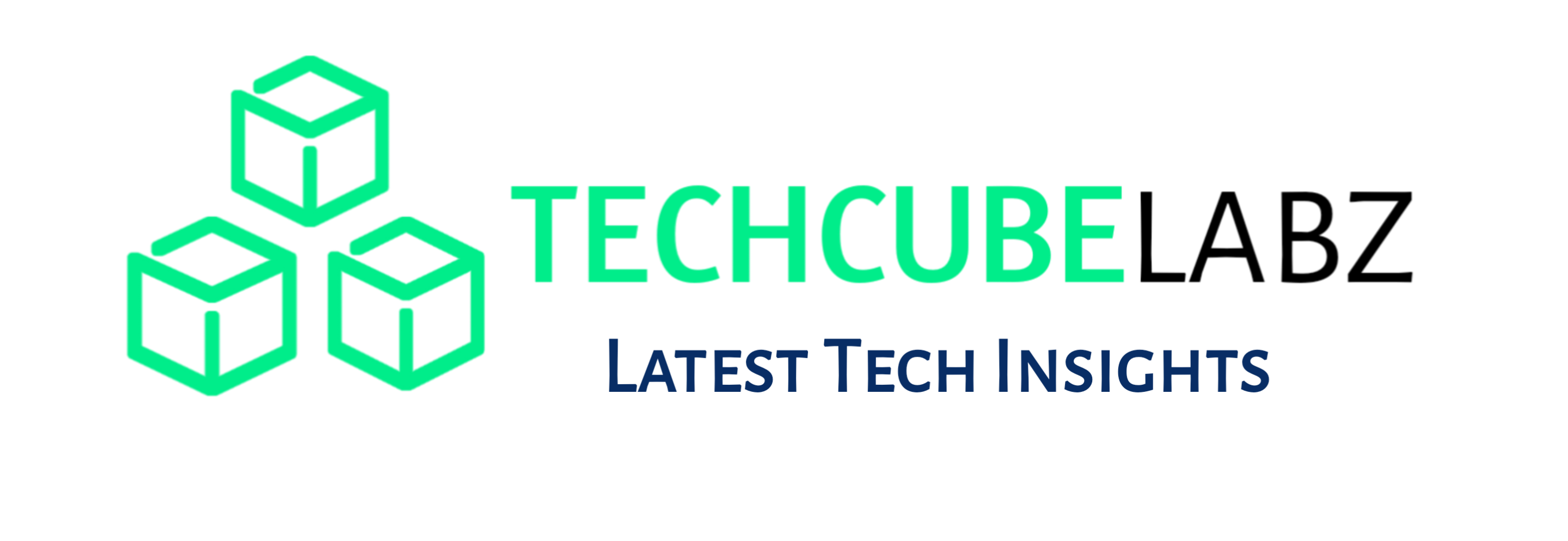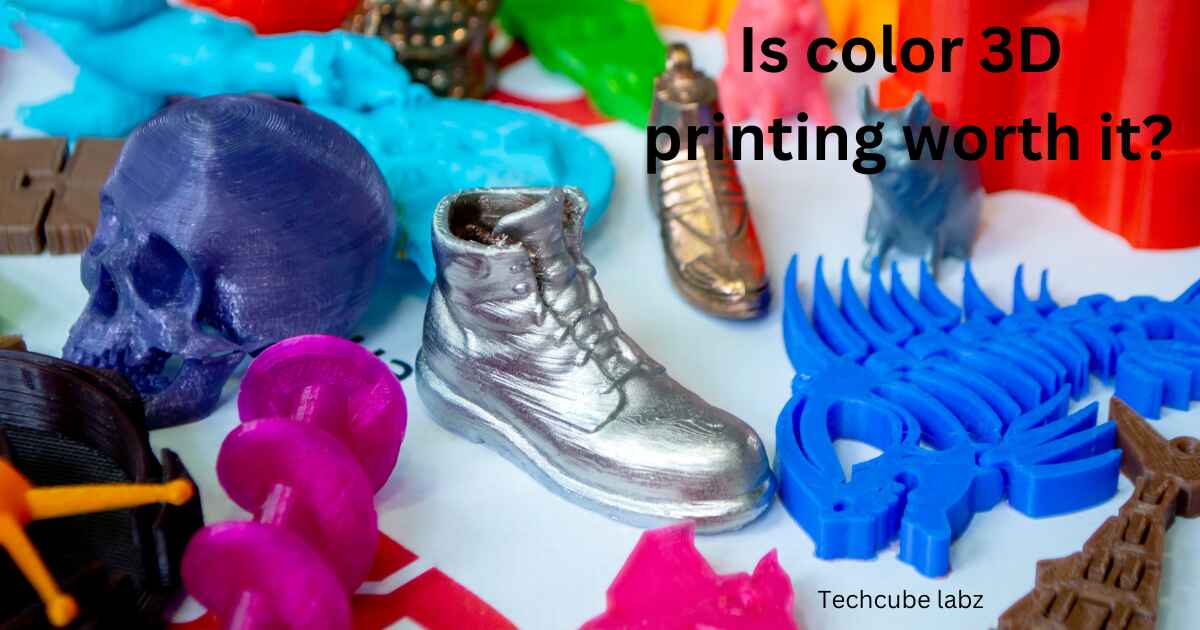
Is color 3D printing worth it?: Do you want to create multi-colored or colored parts? In the past few years, new 3D printing methods have been developed. Newer 3D printers are also more affordable, making it easier for anyone to 3D-print in color.
This guide will explore the different techniques that you can use to create colored 3D printed components, as well as the technologies and applications for color 3D printing.
3D FDM printers can print in one color using colored filament. They can also print in two colors using a dual-extruder or in gradients and multiple colors using color mixing.
These multicolor 3D Printers are easy to use. They are affordable. The disadvantages include the fact that it is not possible to get a specific color tone and the part may have visible layering. The more extruders a FDM printer has, the greater the chances of printing errors.
The Kit is the first integrated solution to color-mixing for stereolithography 3D printing. It mixes color pigments with the base material, creating a cartridge of color resin.
SLA 3D printers use a laser to solidify colored resin, resulting in 3D printed parts with vibrant colors and smooth surfaces. Layer lines are almost invisible. [Is color 3D printing worth it?]
7 best color printers are valuable for the printing industry
- Canon image PROGRAF PRO-300
- Epson Sure Color P900
- Ricoh SP C261SFNw
- Dell C2660dn
- Samsung prox press C3060FR
- Lexmark C3326dw
- HP Office Jet Pro 9025e
1. Canon image PROGRAF PRO-300
Canon’s image Pro-300 ($899.99), a professional-grade photo- and graphics-arts printer, can print borderless on media as large as super tabloid, A3+ (13 by 19 inches), as well as banners as long as 39 inches.
The Pro-300 directly competes with Epson’s Sure Color P700, which appears on PC Mag’s Best of the Year list. It replaces the old Pro-100 that we reviewed back.
While the P700 is $100 cheaper and has paper rolls, the Pro-300 runs at a lower cost. It produces great-looking grayscale photos, graphics and images. It’s a great choice if you don’t have to print highly long banners.
The Pro-300, with its trays closed, is smaller and lighter than the 2013 Pix ma Pro-100. It measures 7.9 by 15.2 by 25.2 inches (HWD) and weighs 31.6 pounds.
Epson P700 is slightly lighter and has a smaller footprint than the Canon Pix ma Pro-100. You’ll have to buy a heavier printer to print larger formats, like 17 by 22-inch prints, such as Canon’s Pix ma PRO-1000 or Epson’s Sure Color P800. [Is color 3D printing worth it?]

2. Epson Sure Color P900
Sure Color P900 replaces the Editors’ Choice Sure Color P800 we reviewed in October. The Sure Color P900 (17-Inch Photograph Printer) ($1,195) continues Epson’s impeccable wide format photo and graphic art printers.
The P900 is a step up from the 13″ Sure Color P700, another favorite. It produces stunning images and artwork as large as 17 by 22″, as well as banners as wide as 17 by 129″.
The P900, like the P800, is a superb printer with high-quality output, highly productive software and low running costs (for this type of printer).
The P900 handled everything we threw at it during our testing, producing stunning oversized photos, artwork and banners.
The P900 is our Editors’ Pick for inkjet photo and graphic art printers of professional quality. Epson claims the P900 has a 30 percent smaller footprint than its predecessor.
In fact, when the P900’s trays are extended and ready to print, they are significantly smaller than the P800.
The P900 is a large printer measuring inches when fully extended with hand-ready-to-pare printed trays. [Is color 3D printing worth it?]
Read Also: Are 3D printers worth it for kids?
3. Ricoh SP C261SFNw
The Ricoh C261DNw, a laser-only color printer for small and medium businesses, is ready to serve modestly sized workgroups. The Ricoh SP C261DNw has a small footprint but can store 250 sheets of paper in its deep tray.
It also holds 150 pages on its out-tray. Ricoh can also sell an extra unit which will hold 500 more sheets of paper if needed.
The printer has Wi-Fi, NFC and an iOS/Android app. This printer is a top contender in the Best Printer category.
It costs around PS235 ($310, AU$420), less than the Kyocera Eco sys C6230cdn. However, the Ricoh cartridges only contain enough toner to print 1,000 pages.
The standard refills yield 1,600 C, M, and Y pages and 2,000 black pages, costing about PS278 ($363.48).
Kyocera’s starter cartridges produce 3,500 mono pages and 2,500 color pages. Ricoh SP C261DNw is a printer-only device.
It has only a handful of features that are worth mentioning. It can print both sides of a page and envelopes up to A4 in size. These can be loaded in the main tray or the bypass tray. [Is color 3D printing worth it?]
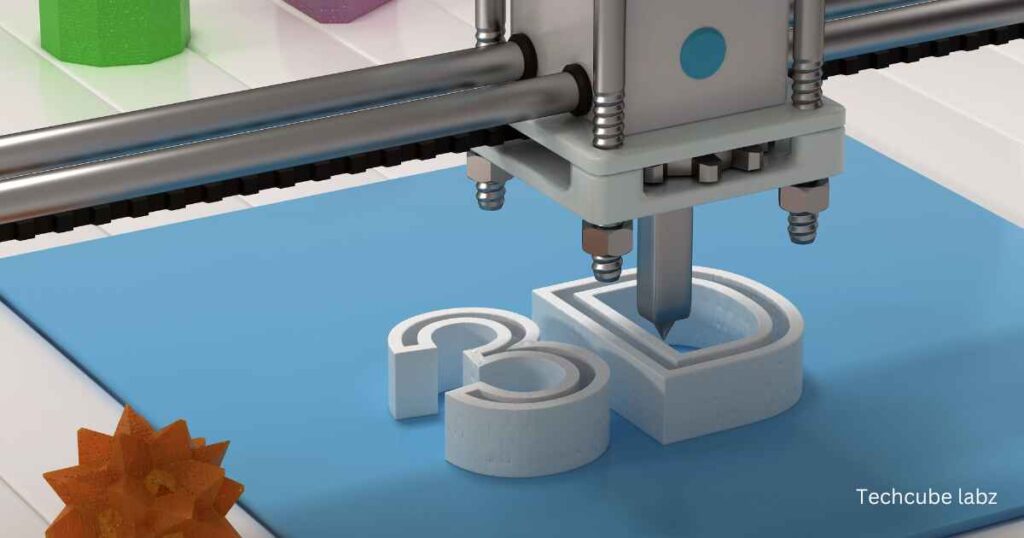
4. Dell C2660dn
C2660dn showed good speed and above-par output quality thanks to stellar graphics, competitive running costs, and a generous paper capacity for its price.
This makes it an easy recommendation for small businesses looking for a color laser printer that can do the job.
The C2660dn is all-black and measures 14.9 by 17 by 19.1 inches. It weighs 56.5 lbs. You may need two people to lift it onto a desk.
It is too big to fit on a single one. The front panel features a monochrome screen, four arrows with a central Enter key, an alphanumeric keyboard for selecting options, and Secure Print, which is password-protected and requires the user to enter a PIN before releasing a print job.
Its generous paper capacity, 400 sheets, divided between a main tray of 250 sheets and a multipurpose feeder of 150, is a good deal for the price. The C2660dn also comes with an automatic feeder to print on both sides of each sheet of paper.
The maximum monthly duty cycle is 50,000 pages. A recommended monthly duty cycle is 3,500 pages. A 550-sheet optional tray is available ($185.99 direct). [Is color 3D printing worth it?]
Read Also: Can you use a 3D printer for a business?
5. Samsung prox press C3060FR
Samsung’s ProXpress C3060FR multifunction peripheral can print, copy, scan and fax documents on both sides.
It’s not a home device but is primarily designed for small offices. The business-friendly features are a Gigabit Ethernet for fast data transfer and a USB host feature.
However, strangely, it doesn’t have a dedicated USB port. You need to reach behind the device to plug in a USB drive.
Samsung says it can print up to 30 pages in black and color per minute, but its specifications are lacking.
The 250-sheet standard paper tray is one of the most disappointing features. You can upgrade to up to two 550-sheet paper cassettes. Combined with the 50-sheet standard multipurpose feed, you get a 1,400-sheet maximum capacity.
It’s easy to use and has a touch-sensitive panel. However, it is surprising that there are no Wi-Fi or NFC options on a Samsung printer of this age. [Is color 3D printing worth it?]
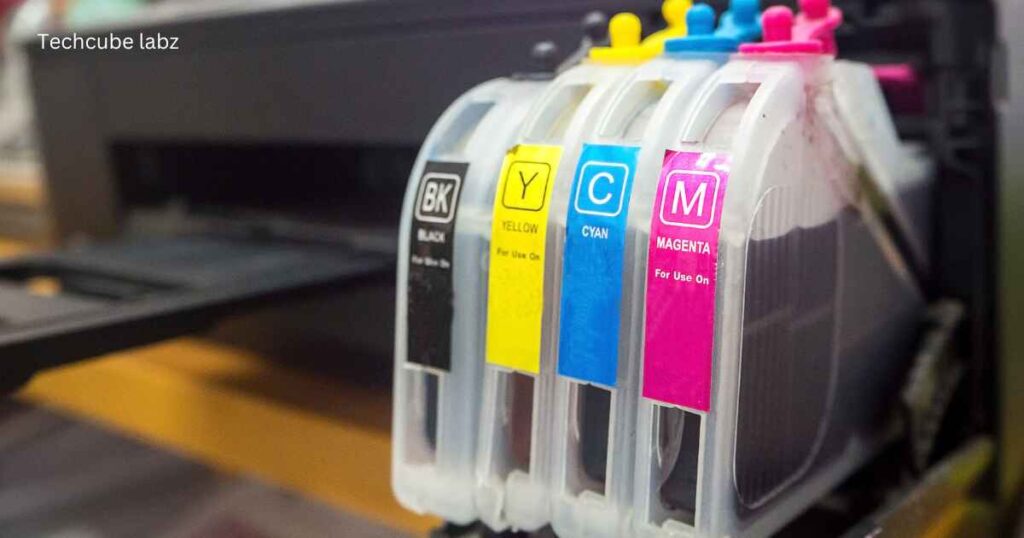
6. Lexmark C3326dw
The Lexmark C3326dw is a low-cost, single-function laser printer that can be used in small offices and workgroups. It also works well as a desktop printer.
The Lexmark C3326dw ($279) is a low-end color printer that prints at a relatively high speed but costs more per page. This is a competent printer, a great alternative to our color laser.
The C3326dw measures 9.6 by 16,2 by 15 inches (HWD) and weighs 35.5 pounds. This is smaller and lighter than many competitors, such as the Brother printer mentioned above and the Canon Color Image Class LBP612Cdw, another PC Mag favorite.
Epson Work Force Pro C5290 Network Color Printer is another top pick. It’s a laser inkjet alternative larger and heavier in every direction than Lexmark.
The C3326dw laser printer and other similar models should be able to fit on most desktops. However, the Epson laser alternatives are large enough that they may need their own countertop, shelf or other sturdy surfaces.[Is color 3D printing worth it?]
7. HP Office Jet Pro 9025e
The HP Office Jet Pro9025e All-in-One Printer ($329.99), designed for small-to-midsize offices, replaces the Office Jet Pro9025 we reviewed in early 2019. The 9025e prints well and is fast, just like the 9025e.
The 9025e can hold up to 500 paper pages in two large drawers. Its automatic document feeder (ADF), a scanner, and a copy and fax machine scan and copy two-sided documents without user interaction.
HP Plus, HP Instant Ink, and HP’s latest ink discount incentives are the main upgrades. The first is free ink for 6 months with the Instant Ink program.
The Office Jet Pro 9025e, like its predecessors, is an impressive All-in-One Printer capable of handling the document processing needs of your small business. The Office Jet Pro 9025e measures 12.5 by 17,2 by 15 inches (HWD) and weighs 25.6 pounds.
This is the same as the predecessor. It takes up the same desk space as Epson Work Force Pro’s WF-4830.
However, it is smaller, lighter, and weighs less than 14 pounds than the bulk-ink Epson Eco Tank Pro ET5880. [Is color 3D printing worth it?]
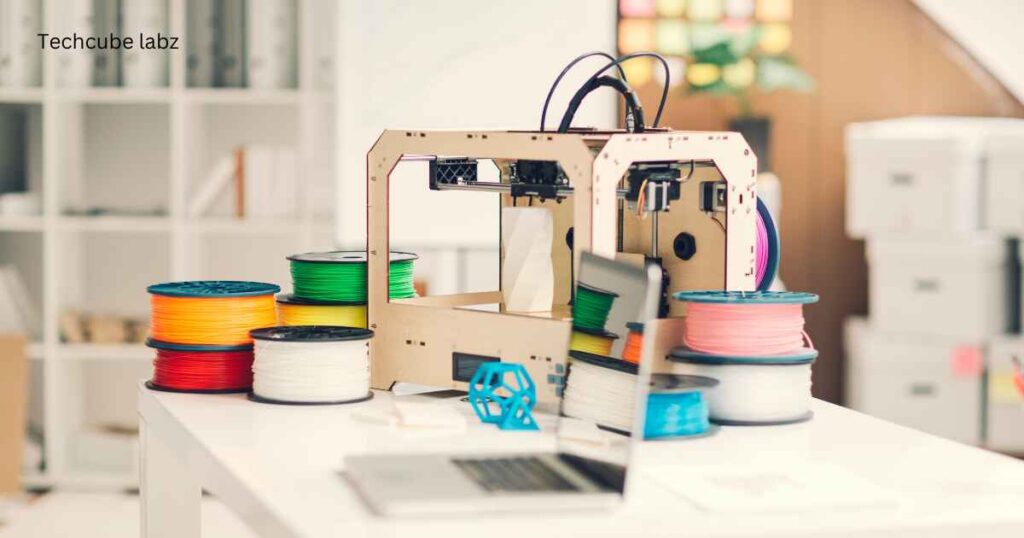
Conclusion:
It depends on the budget and your needs to determine if color 3D printing will be worth it. It has distinct advantages, such as enhanced realism and customization.
It is also efficient and valuable in industries like architecture and healthcare. However, the higher price, complexity and specialized equipment may not be practical for all users, especially hobbyists or those with more straightforward projects.
If multi-colored, detailed models are essential to your work, investing in 3D color printing may be worth considering. [Is color 3D printing worth it?]
Is color 3D printing worth it?: FAQ
1. What exactly is 3D color printing?
Ans: The color 3D printer allows multiple colors to be used in one process. This is unlike the standard 3D printer, which uses only one color. This can be achieved using multi-material printing or color blending techniques.
2. Does color 3D print cost more than regular 3D prints?
Ans: Color 3D printing can be more expensive because of the unique materials, technologies, and equipment required. Color filaments and full-color materials are costly, as is the cost of printers that can produce full-color 3D printing.
3. Which industries benefit the most from color 3D printing?
Ans: Product design, architecture (medical models), healthcare (figures and props), and entertainment (figures and props) all benefit from color 3-D printing because they need detailed, vivid, and realistic prototypes and finished products.
